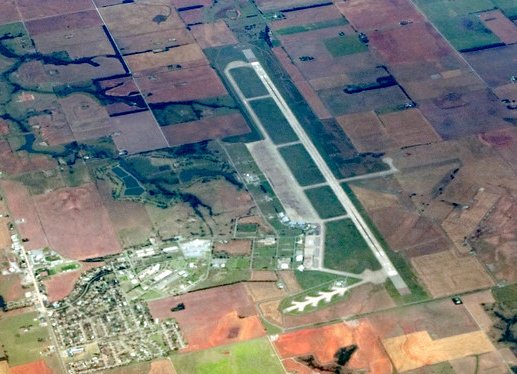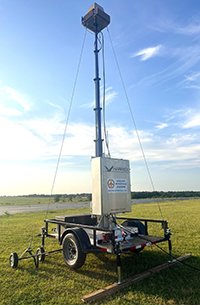The Oklahoma Department of Aerospace and Aeronautics (ODAA) has completed the selection process and executed a contract for the state’s first investment in an airspace management system and automatic detect-and-avoid solution to support both drone flights and the rapidly emerging Advanced Air Mobility (AAM) industry. ODAA has selected Vigilant Aerospace, a local company based in Oklahoma City, to deploy this system on behalf of the Oklahoma Space Industry Development Authority (OSIDA). This selection aims to develop the state as a national proving ground for both civilian and military drones and to pave the way for AAM operations like electric vertical takeoff air taxis and autonomous cargo aircraft.

“Oklahoma understands the importance of the autonomous aviation industry for the state and our nation and is taking the lead in this growing industry and ecosystem. Choosing a flexible, scalable solution that can support a wide range of military and commercial drone flights, and investing in the emerging AAM industry, Oklahoma is showing the nation a path forward,” said Kraettli Epperson, CEO, Vigilant Aerospace. “We are proud that our technology can serve as the cornerstone of this initiative and look forward to seeing FlightHorizon provide a new level of scalable, safe air traffic management in the State while providing opportunities for technological and economic development.”

Under the multi-year contract, Vigilant will deploy the first FlightHorizon system at the Oklahoma Air & Space Port at Clinton-Sherman Airport in partnership with OSIDA, which operates one of only 14 FAA-licensed spaceports in the United States. The project includes the integration and management of multiple mobile air traffic surveillance radars and provides remote monitoring and Uncrewed Traffic Management (UTM) functions.

“The Oklahoma Space Industry Development Authority is proud to lead Oklahoma into a new era of investing in transformative technologies that will shape Oklahoma’s future space and aeronautics industries,” said Craig Smith, Executive Director, OSIDA. “This partnership with Vigilant Aerospace underscores our commitment to making Oklahoma an industry leader in technology advancements and expanding the state’s capabilities supporting the missions of current and future customers. OSIDA applauds the Oklahoma Legislature for supporting this important technology and is excited to promote their vision. Through this initiative, we are building the infrastructure that will enable the safe and efficient operation of autonomous aircraft, creating new opportunities for innovation, job growth, and economic development.”
Through FlightHorizon, the state will have the ability to monitor airspace and track both cooperative and non-cooperative aircraft, replacing visual observers (VOs) with electronic observers (EOs). When implemented, the system eliminates the need for a chase plane for long-range beyond visual line-of-sight (BVLOS) flight of uncrewed aircraft systems (UAS), including high-speed, high-altitude flights.

“This investment in systems and infrastructure for advanced air mobility and autonomous aircraft is one of several initiatives that demonstrate the state of Oklahoma’s commitment to being a national leader on the cutting edge of aviation industry technology,” said Grayson Ardies, Executive Director, ODAA. “The traditional aerospace and defense industry plays a critical role in the State’s economy, and we are grateful for the opportunity to bring this new segment of the industry together with Oklahoma’s pioneering spirit to ensure our state stays at the forefront of the national conversation to develop autonomous aviation systems.”

Funding for the project was provided by the Oklahoma Legislature in 2022 as a part of the Preserving Rural Economic Prosperity (PREP) fund initiative with the desire to invest in UAS and AAM infrastructure to prepare OSIDA and other entities across the state for the integration of these new technologies. The project at the Oklahoma Air & Space Port located near Burns Flat in western Oklahoma will support ODAA’s statewide goal of developing advanced autonomous aircraft operations and BVLOS flight testing of next-generation military and cargo UAS in the US National Airspace System. Because the system is mobile and can be redeployed throughout the state, it will serve as a launchpad to pioneer and establish procedures for AAM operations at multiple potential locations.
The core of the system is a scalable cloud-based software integrated with multiple air traffic surveillance radars manufactured by project partner, DeTect, Inc. In addition to mobile radar trailers, FlightHorizon also uses data from radars, aircraft transponders, drone telemetry, Remote ID drone beacons and online FAA data to provide a comprehensive picture of the airspace to remote pilots and airspace managers.


